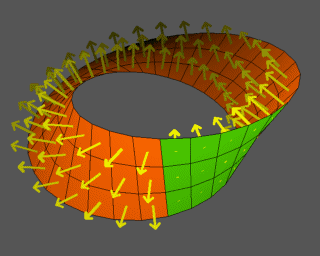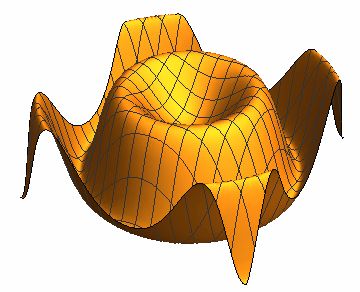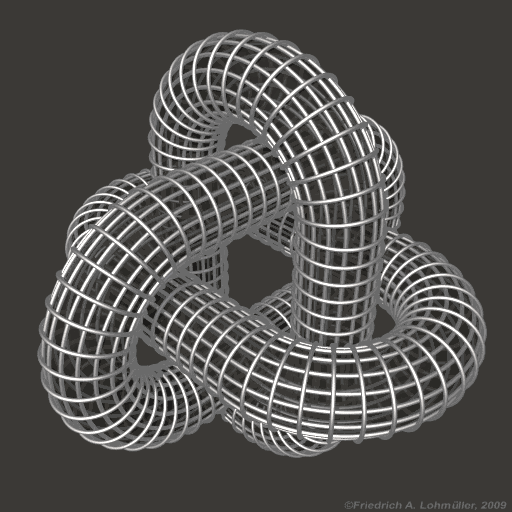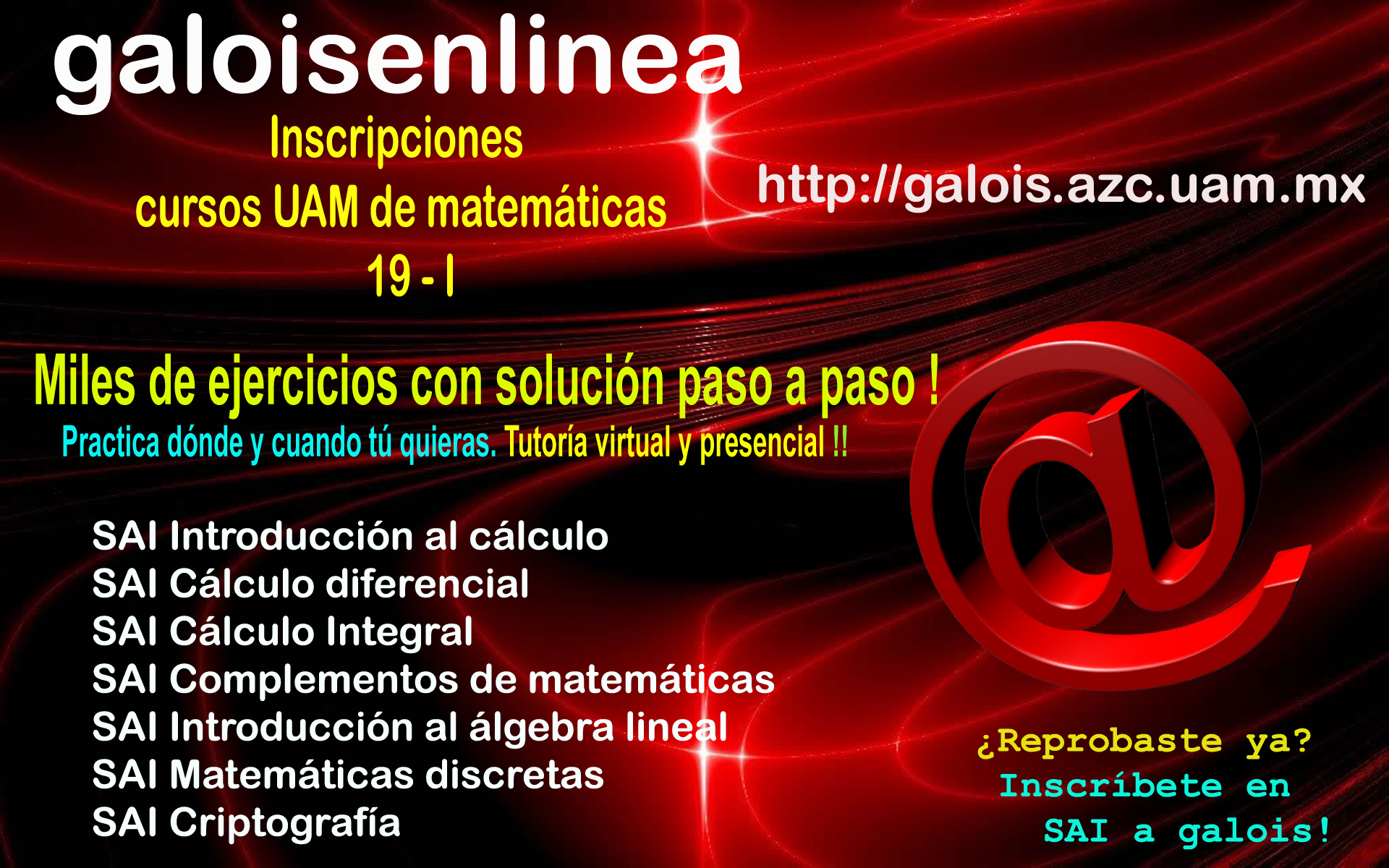 STACK Documentation
STACK Documentation
Documentation home | Category index | Parent | Site map
Simplification & ordering
Ordering terms
Maxima chooses an order in which to write terms in an expression. By default, this will use reverse lexicographical order for simple sums, so that we have \(b+a\) instead of \(a+b\). In elementary mathematics this looks a little odd! One way to overcome this is to use simplification below but another way is to alter the order in which expressions are transformed.
To alter the order in STACK you can use the Maxima commands orderless and ordergreat. To have \(a+b\) you can use
ordergreat(a,b);
See Maxima's documentation for more details.
Only one orderless or ordergreat command can be issued in any session. The last one encountered will be used and the others ignored. No warnings or errors are issued if more than one is encountered.
Logarithms to an arbitrary base.
By default, Maxima does not provide logarithms to an arbitrary base. To overcome this, STACK provides a function lg for student entry.
lg(x)is log of \(x\) to the base 10.lg(x, a)is log of \(x\) to the base \(a\).
The function lg is an alias and is always transformed to the inert function logbase(x,a). That is, it undertakes no simplification at all. STACK provides no simplification rules for these logarithms. To simplify you must transform back to natural logarithms.
For example (with simp:true or simp:false)
p:lg(27, 3)
q:ev(p, logbase=logbasesimp)
results in p=logbase(27, 3), and q=3.
The algebraic equivalence function algebraic_equivalence, and so anything upon which it depends, will automatically remove logarithms to other bases. This includes the answer tests as needed.
Selective simplification
The level of simplification performed by Maxima can be controlled by changing Maxima's global variable simp, e.g.
simp:true
This variable can be set at the question level using the options or for each Potential response tree.
When this is false, no simplification is performed and Maxima is quite happy to deal with an expression such as \(1+4\) without actually performing the addition.
This is most useful for dealing with very elementary expressions.
Selective simplification
If you are using simp:false to evaluate an expression with simplification on you can use
ev(ex,simp)
Unary minus and simplification
There are still some problems with the unary minus, e.g. sometimes we get the display \(4+(-3x)\) when we would actually like to always display as \(4-3x\). This is a problem with the unary minus function -(x) as compared to binary infix subtraction a-b.
To reproduce this problem type in the following into a Maxima session:
simp:false;
p:y^3-2*y^2-8*y;
This displays the polynomial as follows.
y^3-2*y^2+(-8)*y
Notice the first subtraction is fine, but the second one is not. To understand this, we can view the internal tree structure of the expression by typing in
?print(p);
((MPLUS) ((MEXPT) $Y 3) ((MMINUS) ((MTIMES) 2 ((MEXPT) $Y 2))) ((MTIMES) ((MMINUS) 8) $Y))
In the structure of this expression the first negative coefficient is -(2*y^2) BUT the second is -(8)*y. This again is a crucial but subtle difference! To address this issue we have a function
unary_minus_sort(p);
which pulls "-" out the front in a specific situation: that of a product with a negative number at the front. The result here is the anticipated y^3-2*y^2-8*y.
Note that STACK's display functions automatically apply unary_minus_sort(...) to any expression being displayed.
If you really insist on a cludge....
In some situations you may find you really do need to work at the display level, construct a string and display this to the student in Maxima. Please avoid doing this!
a:sin(x^2);
b:1+x^2;
f:concat("\\frac{",StackDISP(a,""),"}{",StackDISP(b,""),"}");
Then you can put in @f@ into one of the CASText fields.
Tips for manipulating expressions
How do we do the following in Maxima? \( (1-x)^a \times (x-1) \rightarrow -(1-x)^{a+1}.\) Try
q:(1-x)^a*(x-1);
q:ratsubst(z,1-x,q);
q:subst(z=1-x ,q);
How do we do the following in Maxima? \( (x-1)(k(x-1))^a \rightarrow (x-1)^{a+1}k^a.\)
factor(radcan((x-1)*(k*(x-1))^a))
Further examples
Some further examples are given elsewhere:
- Matrix examples in showing working.
- An example of a question with
simp:falseis discussed in authoring quick start 3. - Generating random algebraic expressions which need to be "gathered and sorted".
Note also that question tests do not simplify test inputs.
Documentation home | Category index | Parent | Site map











